Rats in Ohio: Types, Facts, and Other Tips for Homeowners
-
Ashley Bates
- Last updated:

No matter where you grew up, whether rural countryside or urban area, you’re probably all too familiar with rats and mice that can infest homes. Ohio has no shortage of these critters, and it’s the homeowner’s responsibility to ensure their home is pest-free.
Rats and mice can carry some serious diseases for domesticated pets and humans. To keep your family members safe, we’ll go over the different types of rats you’ll see in Ohio and how you can prevent them from nesting or invading your home space.
The 2 Types of Rat in Ohio
1. The Brown Rat (Rattus Norvegicus)
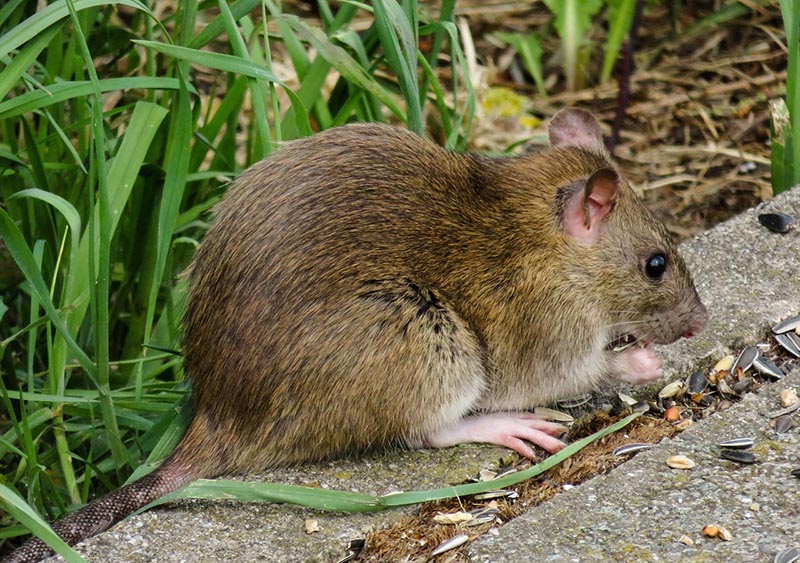
| Origin: | Europe |
| Lifespan: | 1 year |
| Length: | 11 inches |
| Diseases: | Rat bite fever, viral hemorrhagic fever, hantavirus pulmonary syndrome, Weil’s disease, cryptosporidiosis |
The brown rat is the most common rat species in Ohio. However, it’s thought that the brown rat originally came from Asia, traveling across continents for trade and travel. The brown rat is also known as the Norway rat—named after the European country of origin.
Appearance
Brown rats are the larger of the two rats located in Ohio. Despite its name, a brown rat can range from tawny to gray in color. An adult can grow up to 11 inches, tail included.
Preferred Environment
Brown rats are very resourceful and can live in a plentiful variety of areas. However, they prefer to be around sewers and water. Brown rats are excellent swimmers and thrive best and damp conditions.
Social Structure
Interestingly, wild brown rats have complex social structures and react to each other. These rats have designated groups that protect each other and congregate together.
However, they can be highly aggressive with other groups of rats. They are known for being incredibly territorial and can fight to the death.
2. The Black Rat (Rattus Rattus)
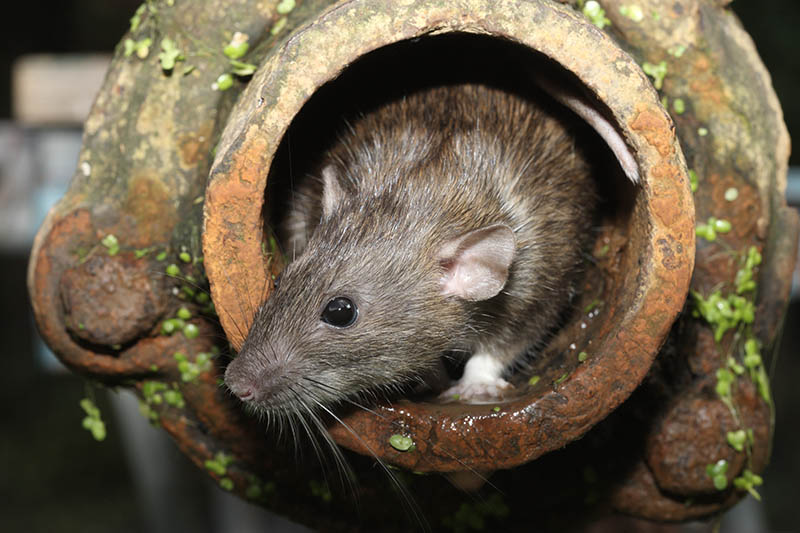
| Origin: | Southeast Asia |
| Lifespan: | 1 year |
| Length: | 8.7 inches |
| Diseases: | leptospirosis, Weil’s disease, salmonella, listeria, toxoplasmosis, hantavirus |
The black rat, otherwise known as the roof rat, is another rodent that can invade Ohio homes. It is believed to originate from the Indian subcontinent, but these rats are found everywhere in the world—these rats all right, especially common in urban areas.
Appearance
The black rat is a few inches smaller than the brown rat, topping out at 8.7 inches. Despite its name, black rats can be black to light brown in color, sometimes being confused with their brown cousins.
Preferred Environment
Unlike their sewer-loving cousins, the black rat prefers rooftops which is how it gets its nickname. These rats live on rooftops and urban areas, cavity walls, inside trees, or in burrows.
Social Structure
Black rats tend to live in groups of males and females. Dominant males breed more often with females, but females are more territorially aggressive than their male counterparts. They are very social creatures, thriving with like species, but they can be very unwelcoming to strange rats in their area.
Diseases Associated with Rats
As we mentioned above, rats can carry some pretty vile diseases. We want to explain each one, so you know transmission factors and warning signs.
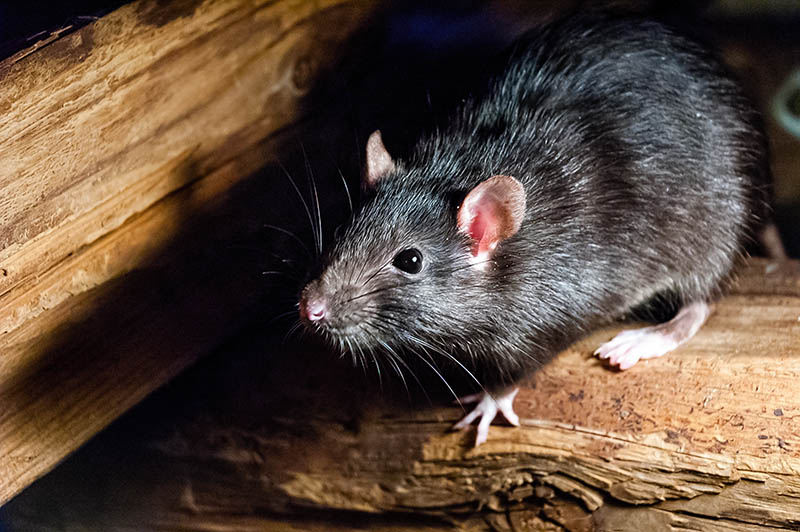
Rat Bite Fever
Rat bite fever is a severe illness resulting in bacteria passing from rat to human. It can be very serious, with lifelong repercussions and in some cases—fatal.
Symptoms:
- Fever
- Vomiting
- Swollen lymph nodes
- Headache
- Muscle pain
- Joint pain or swelling
- Rash
Symptoms generally appear 3 to 10 days after exposure. A bite or scratch passes the bacteria.
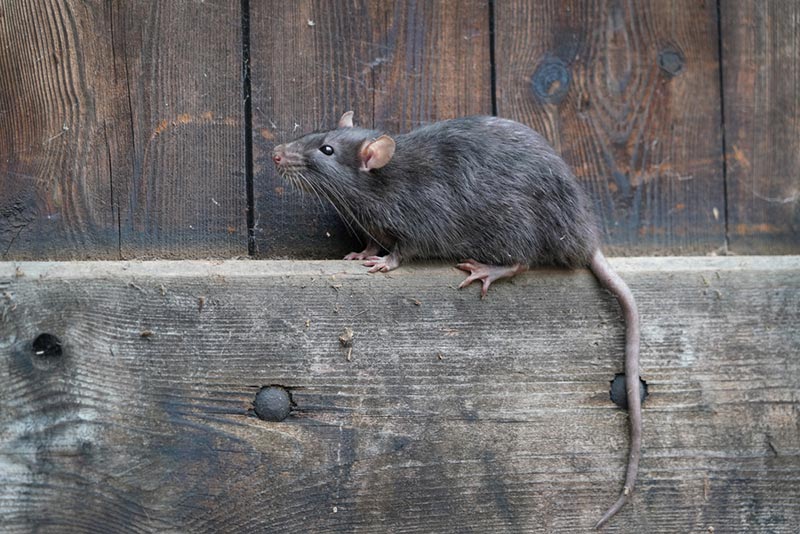
Viral Hemorrhagic Fever
Viral hemorrhagic fevers are rare but possible. These diseases keep the blood from clotting, resulting in thinning and leaking blood vessels.
Symptoms:
- High fever
- Muscle aches
- Headaches
- Extreme fatigue
- Nausea
- Vomiting
- Diarrhea
- Delirium
- Kidney failure
- Coma
- Liver failure
- Respiratory failure
- Nervous system malfunctions
- Bleeding under the skin
These illnesses are transmitted mainly through mosquito and tick bites. However, they can also spread from the urine and feces of rats.
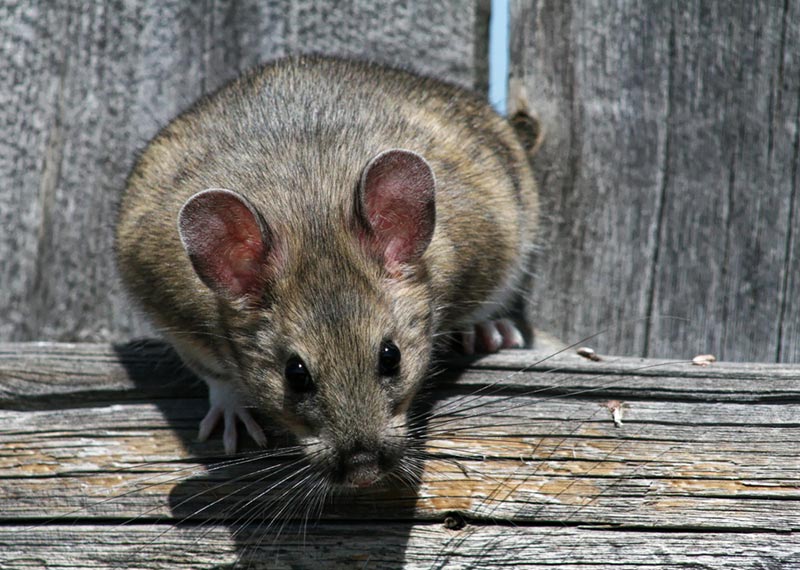
Hantavirus Pulmonary Syndrome
Hantavirus pulmonary syndrome is a very severe respiratory disease that is often fatal to the infected.
Symptoms:
- Abdominal pain
- Chest pain
- Muscle pain
- Fever
- Chills
- Low blood pressure
- Vomiting
- Shortness of breath
- Fluid in lungs
- Coughing
- Headache
- Dizziness
It has a mortality rate of 38%.
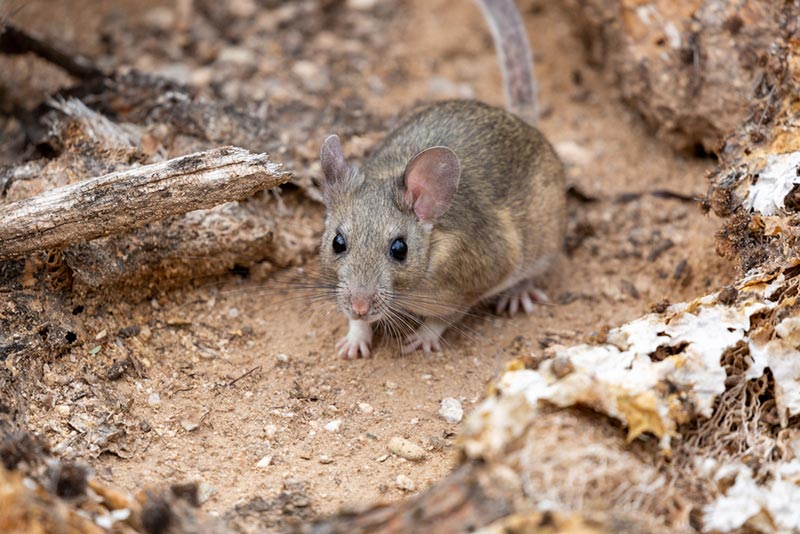
Weil’s Disease (Leptospirosis)
Weil’s disease is a syndrome that comes on quickly, usually starting with a headache and disturbed consciousness. When the disease gets into the blood, it causes issues with the liver and kidneys.
Symptoms:
- Joint pain
- Stiff neck
- Muscle weakness
- Diarrhea
- Nausea
- Vomiting
- Chills
- Fatigue
- Bleeding
- Fever
- Headache
- Red eyes
- Rash
- Sore throat
Interestingly, 75% of cases are male. While rare, it can easily be fatal if a person does not receive the proper treatment.
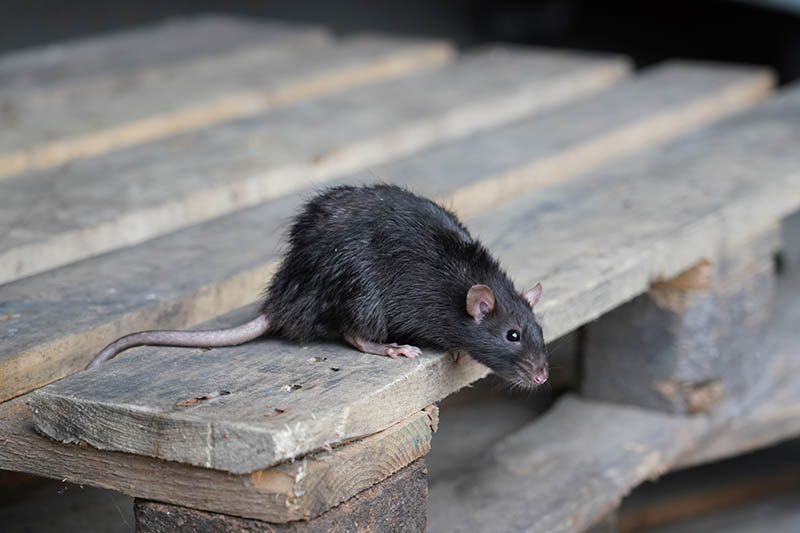
Cryptosporidiosis
Cryptosporidiosis is a disease that causes bothersome symptoms, mainly diarrhea. It is transferred through exposure to rat feces or contaminated water.
Symptoms:
- Watery diarrhea
- Stomach cramps
- Dehydration
- Nausea
- Vomiting
- Fever
- Weight loss
Luckily, this is one of the least concerning and most healthy people recover in roughly a week.
Salmonella
Salmonella is a severe sickness resulting in bacteria transferred by rats (and many other causes, too.)
Symptoms:
- Abdominal pain
- Muscle weakness
- Chills
- Dehydration
- Fatigue
- Fever
- Loss of appetite
- Diarrhea
- Bloody stool
- Headache
Salmonella can be life-threatening if it isn’t properly treated. However, with proper hydration and early detection, it’s treatable.

Listeria
Listeria is a life-threatening bacterial infection. You can get it by eating food contaminated with rat urine or feces.
Symptoms:
- Fever
- Muscle aches
- Gastrointestinal issues
The unfortunate part about listeria is that it can spread into the bloodstream, which can prove to be fatal. It primarily affects pregnant women and those affected with a weak immune system.
Toxoplasmosis
Toxoplasmosis is often confused for the flu due to the number of shared symptoms.
Symptoms:
- Enlarged lymph nodes
- Muscle pain
- Fatigue
- Fever
- Headache
Sometimes people can develop no signs or symptoms, but typically those with lower immunities will show several. This problem is especially dangerous to babies as it can cause an enlarged liver, spleen, jaundice, and seizures.
How to Reduce Rats in Your Home
It’s amazing how resourceful and intelligent rats are. They can thrive even in the bleakest environments, which is why they have adapted so well from their roots. Rats have shown resilience and extremely fantastic adaptation skills.
Rats can cause a series of damage to the home due to spreading waste and chewing through valuables. It can cause very expensive damage, especially if they are chewing wires or any vital parts hidden in your wall spaces. You might notice holes and bags of food, clothing, fabrics, and other items in the home.
Despite your best efforts, you might run into a ride in your home from time to time. But here are some tips to deter them.
- Use Natural Spices – Rats naturally dislike some types of essential oils and spices. Try spreading peppermint oil, cayenne pepper, black pepper, or cloves around the home to deter a rat invasion.
- Clean Up Visible Food – Rats are scavengers by nature. It’s best to ensure that any food in cabinets is properly sealed up to prevent contamination. Don’t leave food scraps on the table, counter, or other home areas. Rats have extremely good senses of smell and will be able to detect it.
- Seal Gaps – If you have any easy entry points into the home, it’s best to close these off as best you can. Rats are slippery little creatures that can fit in even the smallest spaces but putting a stop to visibly open portions of the home will reduce entry points.
- Traps – If you know that you have rats in the home, you can set live or traditional traps to catch them. If you put live traps and plan to release them, make sure you do so in an area where it is not residential.
- Pest Control – If you have tried different methods and you can’t seem to get the problem under control, you can always count on the professionals. Pest control can come to assess the situation and try to give you any additional tips and resources they might have.
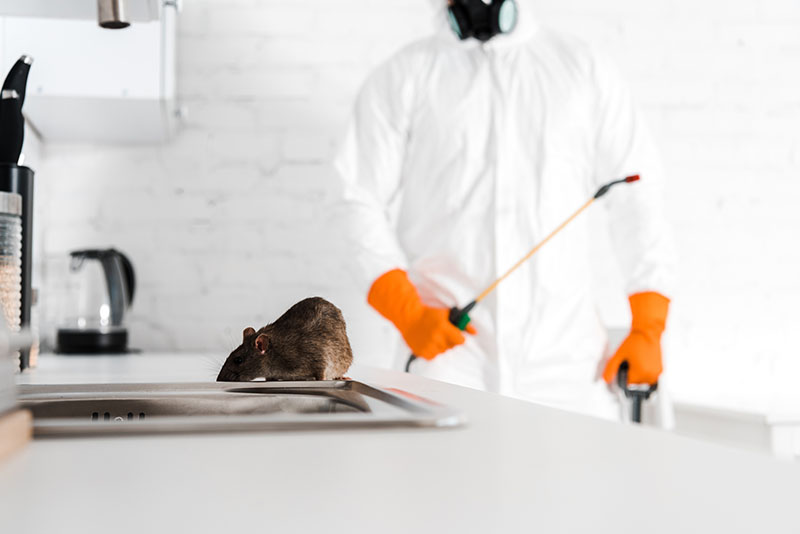
Signs of Rats in the Home
It can be a little tricky to figure out if you have rats in your home, which is unfortunate since they can reproduce quickly, becoming a real problem.
Rats can outsmart you for a while, considering these are nocturnal creatures. That means when it’s time for you to go to sleep for work the following day, they are up gallivanting around the home in search of food. These schedule conflicts can make it hard to see a wrap for most families visually.
Because of that, you might have to rely on other visual aids. Here are a few telltale signs that you might have a rat problem.
Rat Droppings
One of the most obvious signs of rats in your home is finding their droppings. It won’t be very hard to do. Rats urinate and defecate several times throughout the day. Even one rat can create a noticeable amount of droppings if they’re placed in the right area.
They travel randomly, leaving droppings that can be full of disease. So if rats are getting into your cupboards, they can easily transmit diseases through their waist. If you find what you think of rat droppings, automatically discard any food items near the site and sanitize them accordingly.
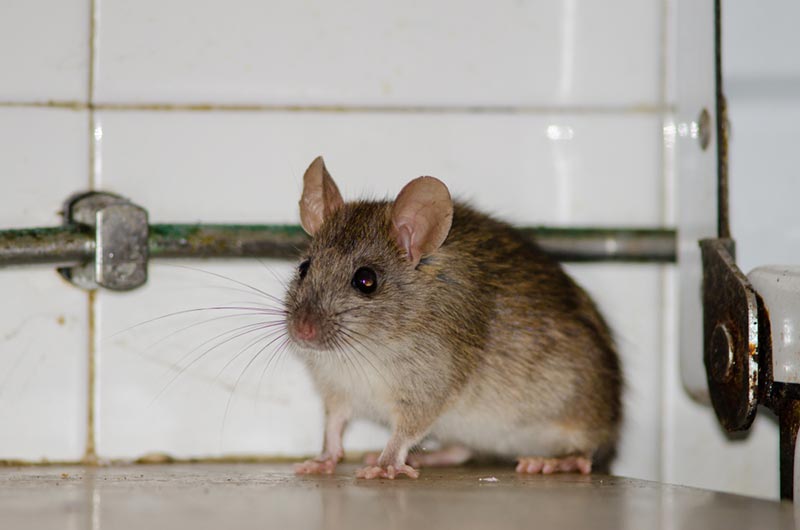
Rub Marks
If you get lucky, you might notice rub marks along your baseboards and other bordering areas of the house. Since rats are natural prey animals, they learn to navigate by staying close to walls. They also have very poor eyesight, so staying next to your baseboards helps with direction without relying too much on sight alone.
These rub marks are from the dirt and grime on the rats for her. So in each room of your house, get down and see if you can notice any of these trail marks yourself.
Noises
Rats are significantly larger than mice, meaning they’ll be a little noisy. If you have rats in your walls or cupboards, you might hear scratching, squeaking, sneezing, or other activity.
If you can hear something scratching around but you’re not sure where it’s coming from, rats tend to gravitate towards the interior of walls, so they can be tough to spot unless they’re out looking for food.
Nests
Rats like to steal all kinds of materials to make a comfortable nest. Since they enjoy a cozy place to sleep and reproduce often, you could easily find nests distributed throughout the home.
Even though some nests might be relatively hard to find, others can be located in the home in cabinets, drawers, closets, totes, and other places helped away from the site.
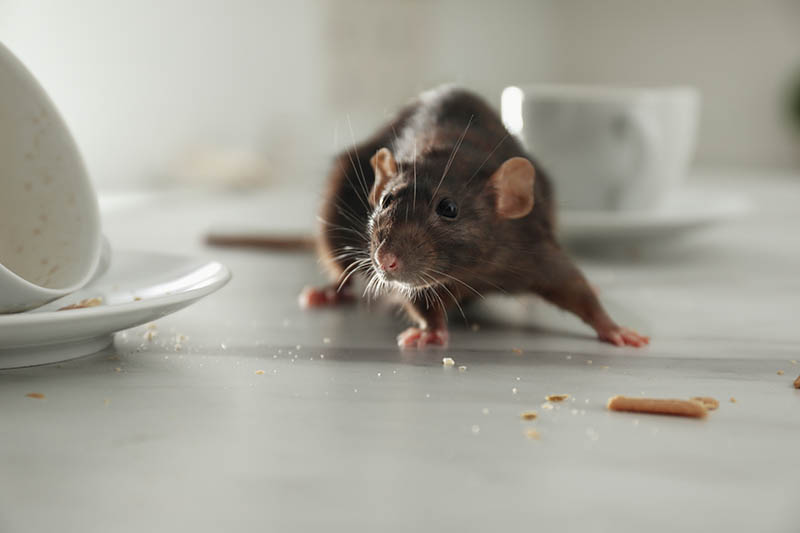
Rats vs. Mice: What’s the Difference?
You might wonder how to tell the difference between the signs of rats versus mice. It can be really difficult to tell the difference, but mice have much smaller droppings. So if droppings are a sign that you’ve already found, you can easily tell because mice have tiny droppings, similar to coffee grounds or something similar in size.
Mice are also significantly smaller than rats. So if you see a tiny critter under 3 inches, you’re probably dealing with a mouse. However, if you see something much bigger, up to 11 inches, that’s likely a rat.
Rats as Pets
Generationally related to the brown rat, fancy rats entered the pet trade. Even though they haven’t spent much time in domestic habitats, they are still quite different from their wild ancestors. There are several folks whose hearts have been permanently warmed over having one of these snuggly cuties as a pet.
Even though pet rats are very beloved by their owners, they can still transfer several kinds of illnesses that we’ve mentioned on this list. It is imperative to keep their cage clean and practice safe handling to prevent transmission.
Conclusion
So now you know that you will see two main types of rats in Ohio. One tends to dominate the sewers, while the other lives on the rooftops. If you think you could possibly have a rat infestation, you can try a couple of methods we mentioned above.
The idea is to prevent disease transmission through feces or biting and scratching. So, if you have a serious problem, remember pest control is always ready to take on the challenge.
Featured Image Credit: Simon, Pixabay
Contents
